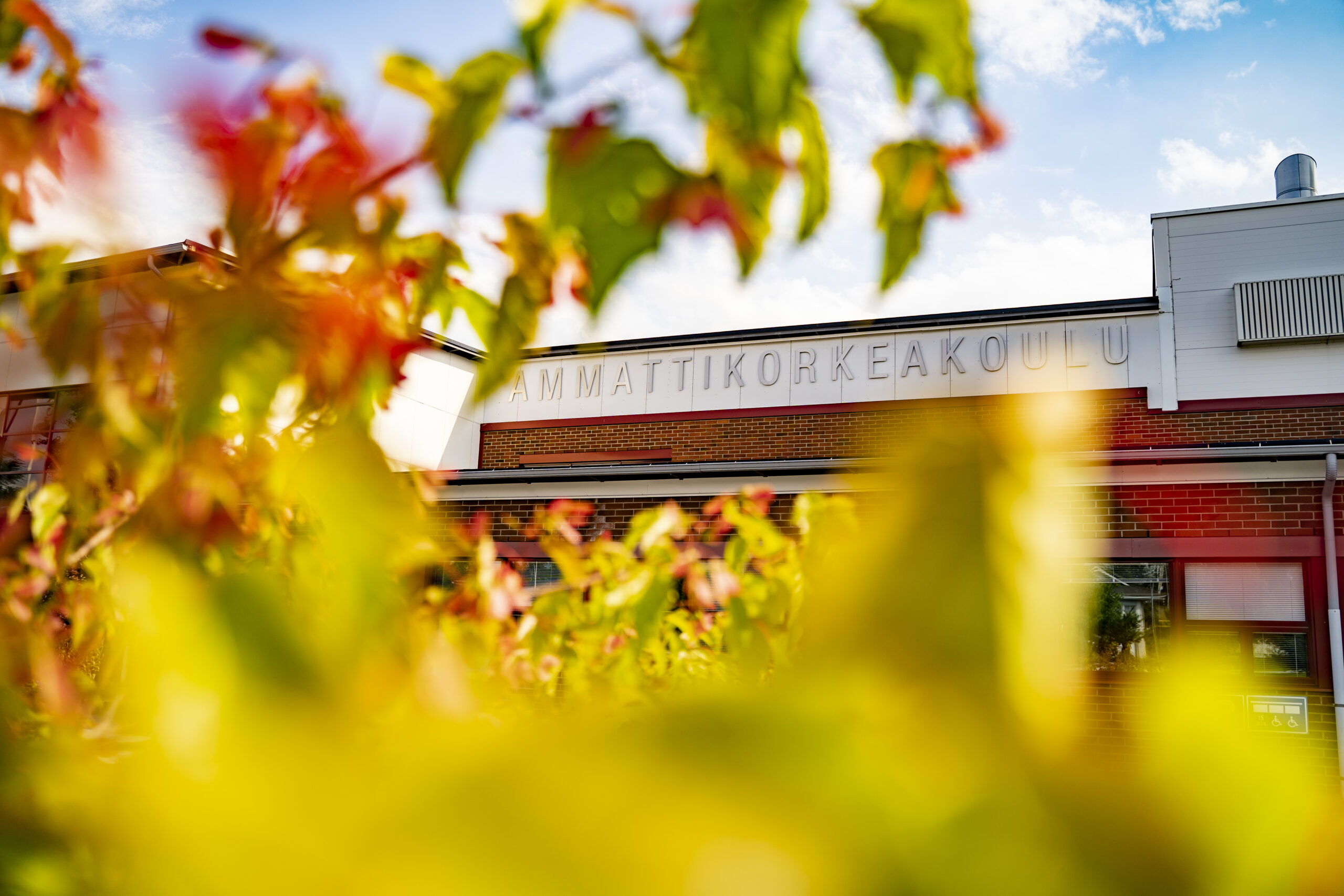Maria Hofman-Bergholm
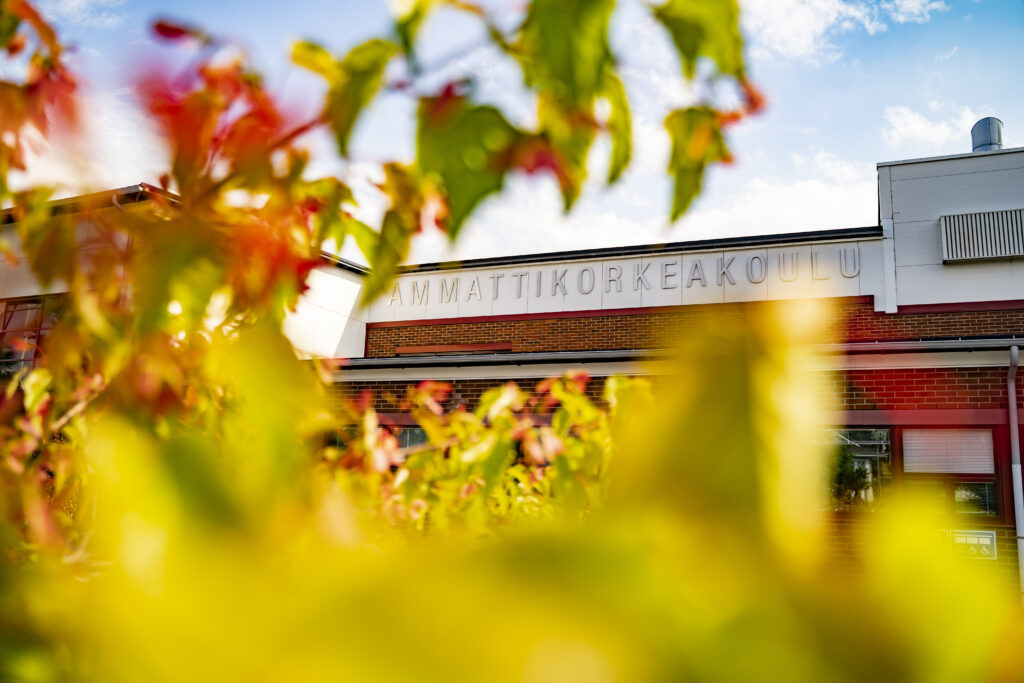
The public use of the term sustainability has transformed the term into a kind of buzzword that is used in an increasingly diverse range of contexts. It is quite common that large enterprises use the term sustainable or sustainability when describing the company’s core values. But does the enterprise really focus on sustainability throughout the entire production or service chain or is it mainly used for marketing purposes? However, in a way it is easier to grasp that companies can have either a good or a bad impact on sustainability, but what about other kind of organizations like universities? How can they contribute to sustainability?
How is the sustainability term used in marketing?
However, let´s start with the discussion on companies and their marketing as we all are consumers living in the society. From the consumer’s point of view, it is quite difficult to determine the real impact that a product, good or service has on society and the environment since it requires a developed ability to perform systems thinking to see the whole picture. To be able to determine the impact you also need reliable information on the raw materials for the products which is usually not open to the public. This makes product labelling very important, and that the labelling is correct and monitored by some authority not to be abused. Official eco-marks are monitored by authorities. For example, the EU has a strict control and enforcement system to ensure that all rules are respected for organic farming for the consumers to be able to trust that the rules for organic production are being followed. As organic farming is part of a long supply chain of processing, distribution and retail, these sectors are also controlled. (Europeiska kommissionen 2023.)
Ecolabeling is a label that proves that companies care for nature, are sensitive to nature and keep the damage they cause to the environment to a minimum in their products and services. It is understood that the eco-labeled product is produced by methods appropriate to natural conditions, disappears by itself within a short time after consumption and its packaging does not harm the environment. (Ecomark.)

Companies that use environmental claims in their advertising need to think carefully, as it is difficult for consumers to evaluate different types of environmental claims. This places high demands on clarity. A company needs to be able to substantiate its claims and must not mislead the consumer. An environmental claim is used to create the impression that a product or service has a positive or neutral impact on the environment, or as in some cases to create the impression that a product has a smaller environmental impact than a competitor’s equivalent product. This approach covers all types of claims, such as information, symbols, logos and brand names and their interaction with colors, packaging, etc. (Konsumentverket 2024.)
Using an eco-label is an environmental claim. Therefore, when using eco-labels, you are required to meet the general requirements for environmental claims, in addition to meeting the criteria for using the eco-label. This applies to both corporate labels and independent labels. (Konsumentverket 2024.)
In a world of footprints and handprints
How can companies then find out what labels to use? The carbon footprint calculation is nowadays familiar to most companies and organizations (Pajula, Vatanen, Behm, Grönman, Lakanen, Kasurinen & Soukka 2021), but it is still not used to a great extent, at least in Finland. From a consumer’s point of view, it would be fantastic if every product produced could be marked with a calculated footprint as the footprint calculation consider all aspects throughout the production of a product (Klemeš 2015). The footprint calculation is all about reducing the environmental footprint, to use resources more efficiently and to minimize emissions and waste during the production of wares. Quite recently a new kind of measuring has gained interest in the business world, the handprint, which is a tool to calculate and communicate positive environmental benefits with (Pajula et al. 2021). The reason why a new approach, or perhaps more accurately, a complement to the calculation of the footprint has become relevant is because there are now enterprises trying to develop products and technologies that can help to reduce their customers environmental impacts. Pajula, et al. (2021, 11) defines the carbon handprint like this:
A handprint refers to the beneficial environmental impacts that organisations can achieve and communicate by offering products and services that reduce the footprints of others. A carbon handprint is the reduction of the carbon footprint of others.
From the consumers’ point of view, it would be so much easier to be a conscious consumer and to choose sustainable alternatives if this could be realized and systematized also in the grocery sector.
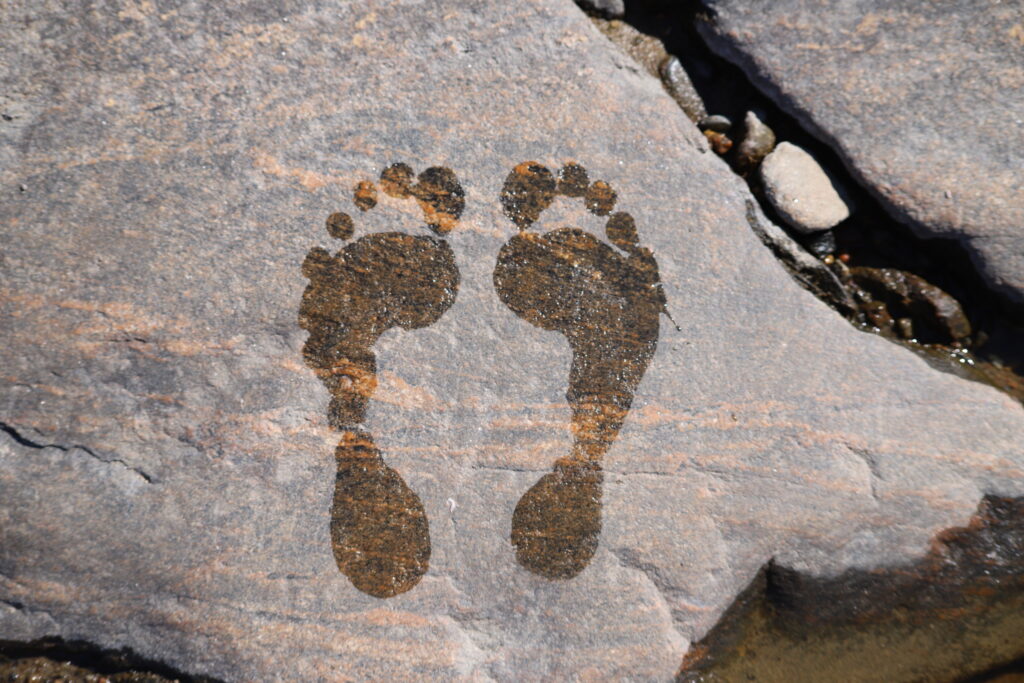
It is a question of responsibility
Sustainability is everyone’s responsibility, and we all need to work towards it, so even enterprises and organizations. Responsibility can be understood and interpreted in various ways. First and foremost, it depends on whose responsibility we are talking about. Are we talking about your personal responsibility, social responsibility or an organization’s or company’s responsibility?
Perhaps the most fundamental at first is to understand our own responsibility and what it means as we are all responsible for ourselves in the first place. You cannot expect someone else to be responsible for the decisions you make, the way you live or the actions you take. You are responsible for the outcome of your own actions.
Social responsibility means awareness, understanding and appreciation of people and surrounding environments. It means you take responsibility for your actions and the effect your behavior has on other people and the environment. As a socially responsible person you seek out ethical and respectful ways to engage with the world around you. Social responsibility includes some basic principles: contributing to the community, building relationships, caring for the environment, valuing diversity and resolving problems. (American Society for Quality 2024.)

In brief, social responsibility is an ethical focus for individuals and companies whereby they seek to take action and be accountable for practices that benefit society. Social responsibility is also a means and a part of achieving sustainability. As an organization you can achieve sustainability by paying careful attention to the organization’s impact on both society and the environment. It is becoming more and more common that social responsibility is an important factor considered by investors as they more frequently seek investments that not only are profitable but also contribute to the welfare of society and the environment. (Investopedia 2024.)
Sustainable pathways for organizations
So, what could an organization like Centria do to work with sustainability? In their research Wolff, Sjöblom, Hofman-Bergholm & Palmberg (2017) found three different ways of implementing sustainability at higher education institutions. It can be implemented through something called campus greening which aims at promoting sustainability in everyday life at the campus through practical solutions and different activities. The campus greening activities are often related to consumption through promoting waste reduction, energy and water saving etc. There is a need for innovative planning and practical solutions in order to achieve results from the campus greening activities.
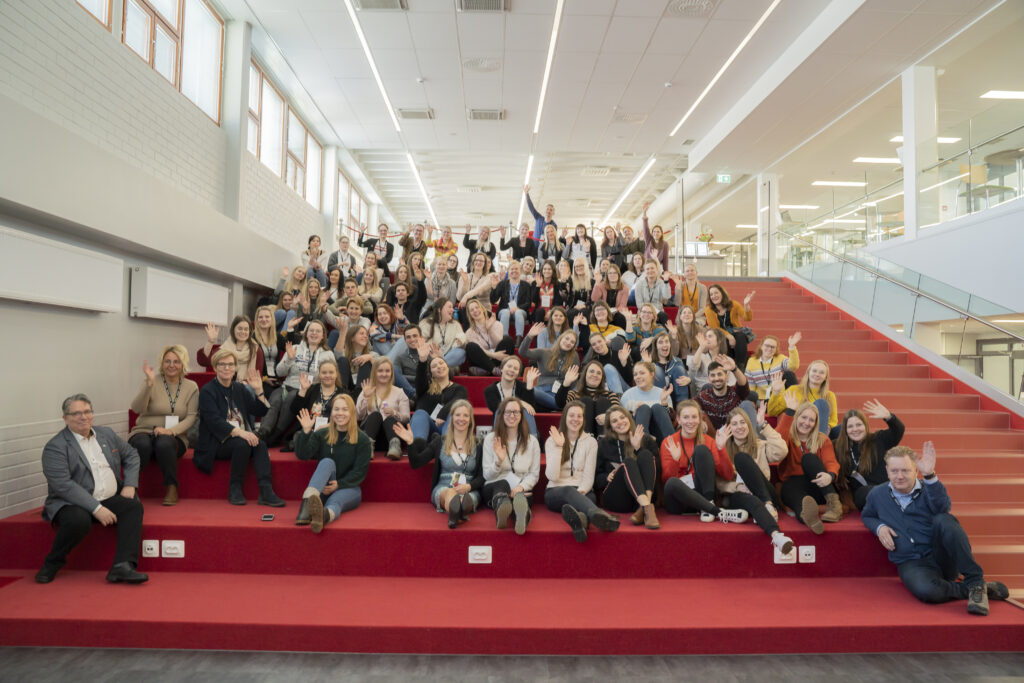
According to Wolff et al. (2017) the second way for higher education institutions to implement sustainability can be through teaching, and the third way is implementation through research. In 2016 Wolff et al. (2017) also examined the strategies of eight Finnish universities to clarify the role of sustainability in the university strategies. The researchers found it remarkable that none of the examined universities mentioned campus greening in their strategy at that point.
By just doing a quick check online in 2024, the situation looks completely different. Now most of the Finnish universities and several universities of applied sciences in Finland seem to have started their journey towards sustainability. During the last few years this sector has been developed through the evolving of different types of guidelines, management systems and tools to facilitate both campus greening and greening of offices. Hanken School of Economics can serve as an example, as Hanken aims to be carbon neutral by 2030 and has chosen to use an environmental management system called Green Office (Hanken 2024). Green Office is a part of WWF Finland and organizations operating in Finland can join the Green Office program (WWF Green office 2024).
There are also some free guides and guidelines to be found online, targeted at universities and/or vocational schools. These free guides can be useful to read to get a picture of what campus greening will require, but also the benefits it can bring for organizations who want to get started and work with their sustainability and greening the campus. Examples of such free materials are i.a. The International Alliance of Research Universities “Green guide for universities” (2014) or GreenVet “Greening the campus. A step-by-step guidebook for Schools” (2021).
It is obvious that organizations in general, but higher education institutions in particular, can play a significant role in forging the path to a sustainable future. By nature, education plays a key role as it is tasked with educating the world’s future leaders through its mission and activities. That is why higher educational institutions now must fulfil their responsibility, there is no time left to sit around waiting for others to act. Instead, they should take the lead towards a sustainable future.
Images of the article: Centria university of Applied Sciences (The article photo of Centria campus and the photo of people in the auditorium) and Sara Kåll-Fröjdö (other photos).
References
American Society for Quality. 2024. What is social responsibility? Available at: https://asq.org/quality-resources/social-responsibility. Accessed 15 May 2024.
Ecomark. Ecological Products Certification. Vad du behöver veta. Available at: https://www.ecomark.com.tr/sv/eco. Accessed 15 May 2024.
Europeiska kommissionen. Agriculture and rural development. 2023. Ekologiskt jordbruk – översikt. Available at: https://agriculture.ec.europa.eu/farming/organic-farming/organics-glance_sv#theorganiclogo. Accessed 12 May 2024.
GreenVet. 2021. Greening the campus. A step-by-step guidebook for Schools. Available at: https://www.greenvet4sdg.eu/wp-content/uploads/2021/12/output6.pdf. Accessed 15 May 2024.
Hanken. 2024. Sustainable Campus. Available at: https://www.hanken.fi/en/about/social-responsibility-and-sustainability/sustainable-campus. Accessed 13 May 2024.
Investopedia. 2024. Social Responsibility in Business: Meaning, Types, Examples, and Criticism. Available at: https://www.investopedia.com/terms/s/socialresponsibility.asp. Accessed 15 May 2024.
Klemeš, J.J. (ed.). 2015. Assessing and Measuring Environmental Impact and Sustainability. Oxford: Butterworth-Heinemann.
Konsumentverket. 2024. Miljöpåståenden i reklam. Available at: https://www.konsumentverket.se/for-foretag/marknadsforing/miljopastaenden-i-reklam/. Accessed 12 May 2024.
Pajula, T., Vatanen, S., Behm, K., Grönman, K., Lakanen, L., Kasurinen, H. & Soukka, R. 2021. Carbon handprint guide. V. 2.0 Applicable for environmental handprint. Oulu: VTT Technical Research Centre of Finland Ltd. Available at: https://publications.vtt.fi/julkaisut/muut/2021/Carbon_handprint_guide_2021.pdf. Accessed 13 May 2024.
The International Alliance of Research Universities. 2014. Green guide for universities. Available at: https://www.iaruni.org/images/stories/Sustainability/IARU_Green_Guide_for_Universities_2014.pdf. Accessed 15 May 2024.
Wolff, L., Sjöblom, P., Hofman-Bergholm, M. & Palmberg, I. 2017. High Performance Education Fails in Sustainability? A Reflection on Finnish Primary Teacher Education. Education Sciences 2017 (7) 32. doi:10.3390/educsci7010032.
WWF Green Office. 2024. What is green office? Available at: https://wwf.fi/greenoffice/en/what-is-green-office/. Accessed 13 May 2024.
Maria Hofman-Bergholm
RDI-expert
Centria University of Applied Sciences
Tel. +358 40 356 3305

